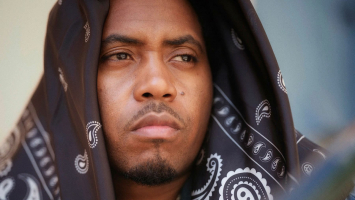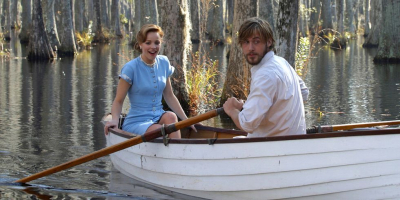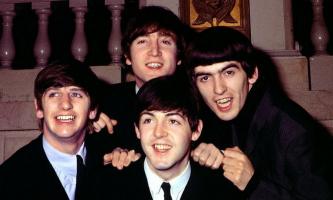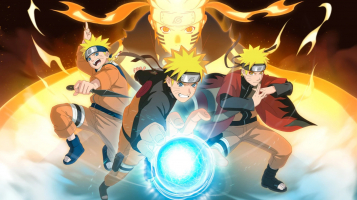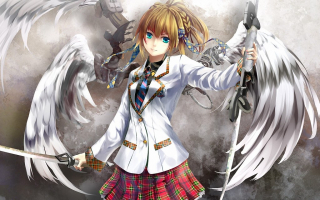Top 17 Best Sculptures of All Time
For thousands of years, sculpting has been a popular art form. The expertise required to make a worthy work of art is remarkable, and a single piece might take ... read more...an artist years to complete. Sculptures have a considerably higher probability of survival than paintings or drawings since they are mostly constructed of stone. This means that there is still evidence of sculptures built almost 2,000 years ago! The top best sculptures below will surprise you.
-
The original of this sculpture, which represents a young Greek man tossing a discus, was cast in bronze. Myron, a Greek sports artist who mostly worked in bronze, sculpted the original sculpture. Regrettably, the original artwork has been lost to time. People know about it because of countless reproductions created by the Ancient Romans, including ones constructed of marble.
The Discus Thrower is a fantastic piece of work that demonstrates the developments in Classical sculpting methods. The person is represented on the point of throwing the discus, and the potential energy in his position is clear. However, no tension is seen in the muscles, which is most likely due to the sculptor's drive for aesthetic perfection.
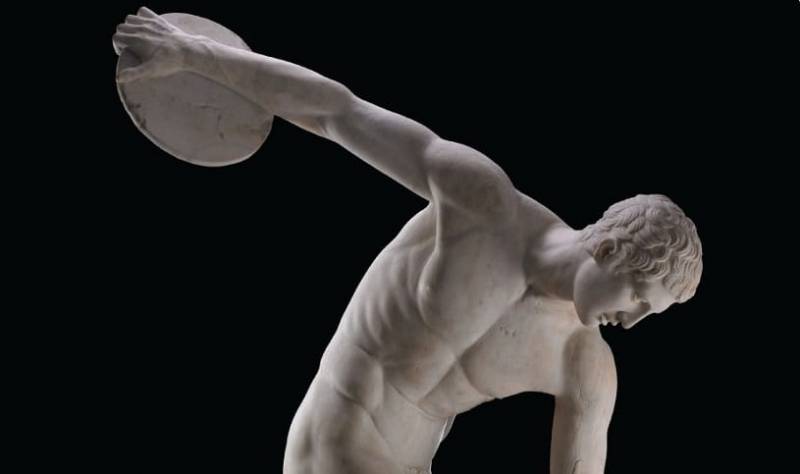
THE DISCUS THROWER (DISCOBOLUS) 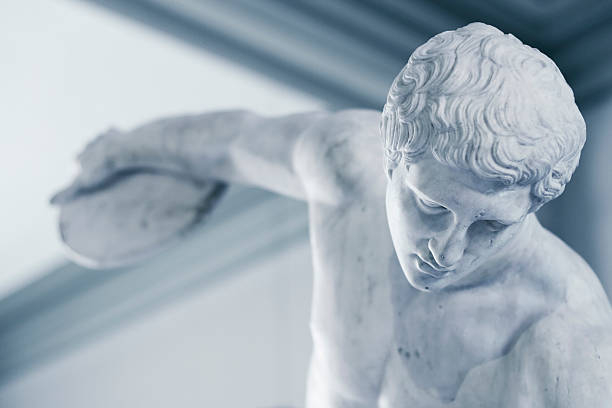
THE DISCUS THROWER (DISCOBOLUS) -
The Apollo Belvedere is a well-known Classical sculpture, however it is likely to be a replica of an older bronze figure. The existing piece in the Vatican Museum is composed of marble and dates from roughly 120-140AD. It was thought to have been lost for about 1,500 years until being found during the Italian Renaissance.
During the 18th and 19th centuries, it was considered one of the most perfect sculptures ever produced, and many neoclassicists praised it for its artistic perfection. The sculpture shows the Greek God Apollo as an archer who has just launched an arrow, however, there is no explanation for the tale depicted. Except for sandals and a robe over his left shoulder, he is naked.
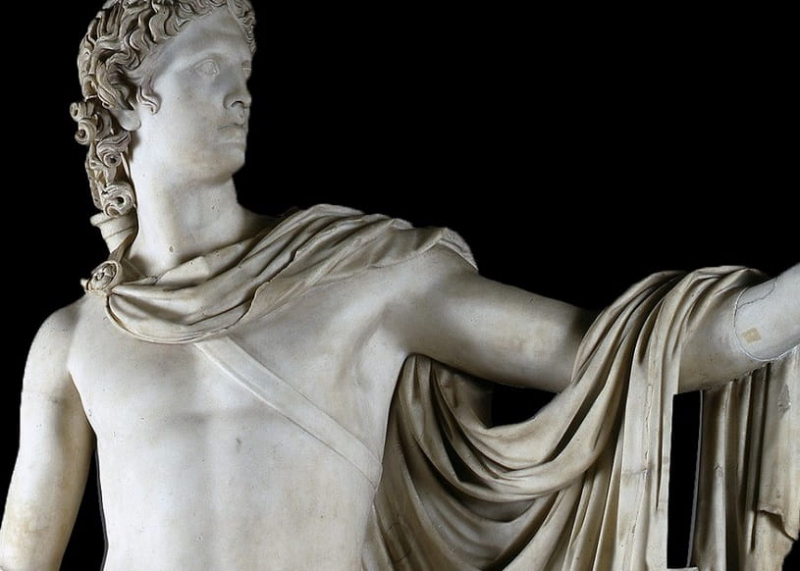
APOLLO BELVEDERE 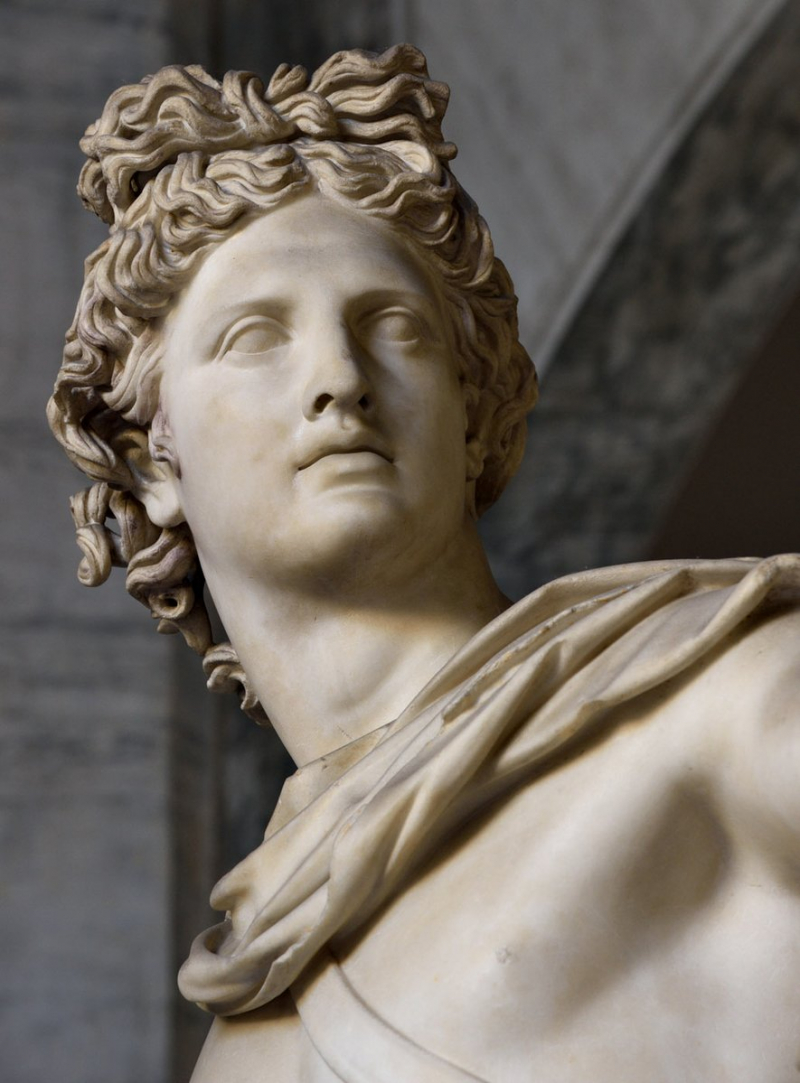
APOLLO BELVEDERE -
The original sculpture is said to have been created in 230BC to commemorate Attalus I's victory over the Gauls of Turkey. The current form is a marble replica of an older bronze sculpture that has since been lost to history. The original work's creator is unknown, although historians assume it was created by Epigonus, a court sculptor at the time. The statue, which shows a man dying from a sword wound to the chest, has received accolades for its authenticity and representation of anguish.
Until the twentieth century, it was considered that the statue depicted a gladiator, but closer investigation revealed that the person had the characteristics of a Gaul, including the hairdo and mustache, as well as a torc around the neck.
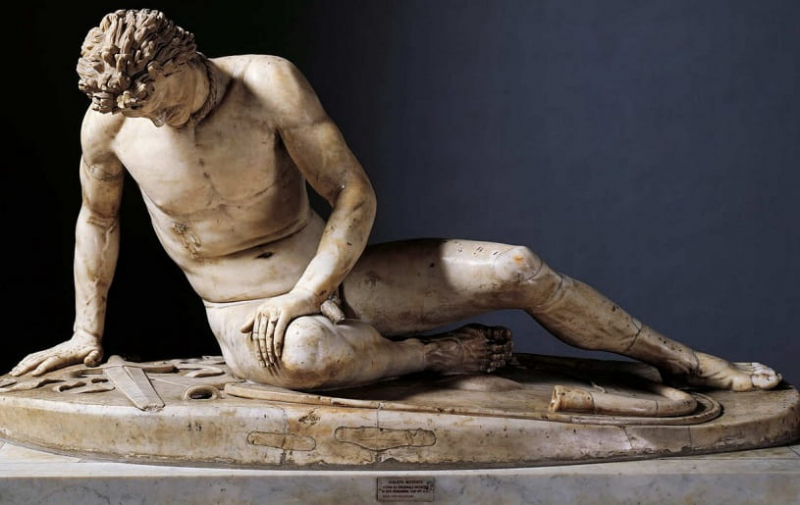
THE DYING GAUL 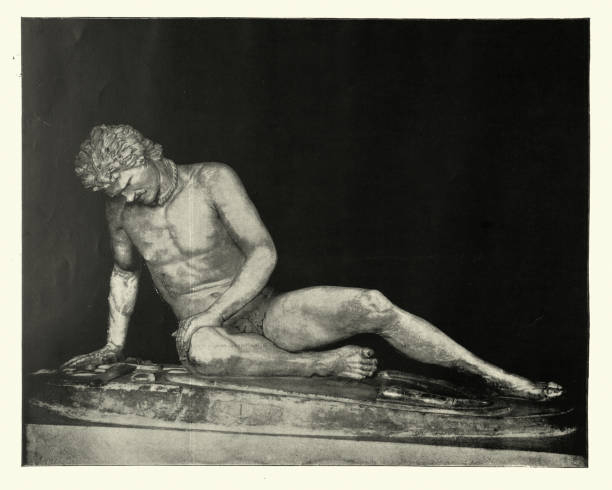
THE DYING GAUL -
The Terracotta Army, maybe one of the most renowned works of the ancient world, was built to guard Qin Shi Huang, Emperor of China, in the afterlife. Local farmers found the sculptures in 1974, and the most current estimates place the total number of figurines at around 8,000! Soldiers, chariots, and cavalry are examples of these.
The tomb and soldiers' construction was reported by a near-contemporary source who wrote around a century after completion and stated that about 700,000 workmen were part of the project. The amount of effort that went into this undertaking is mind-boggling, especially given that they were all buried in the earth!
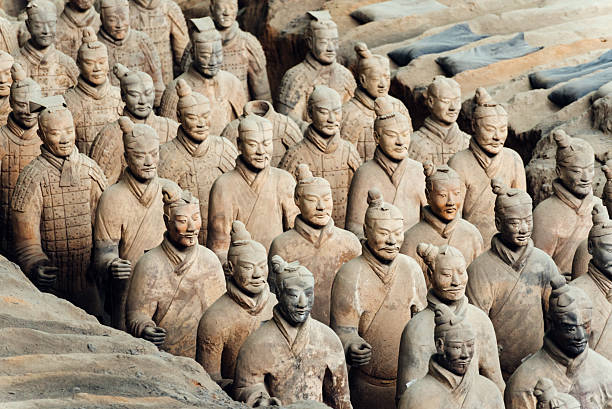
THE TERRACOTTA ARMY 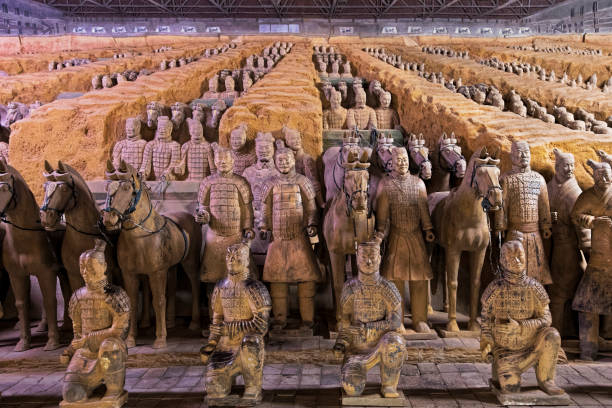
THE TERRACOTTA ARMY -
This is another well-known piece of ancient art that has been on exhibit in the Louvre since the late 1800s. It represents Nike, the Greek Goddess of Victory, and is one of the few originals still in existence (instead of a Roman copy). There is a lot of debate about what the statue was commissioned to commemorate, as it might be tied to a number of famous conflicts.
Several years ago, the statue was meticulously repaired, and it now has a plaster wing to replace the original missing one. The statue's head, which has never been located, is also gone. The statue is praised by art historians for its ability to convey both motion and stillness, as well as brutality and elegance.
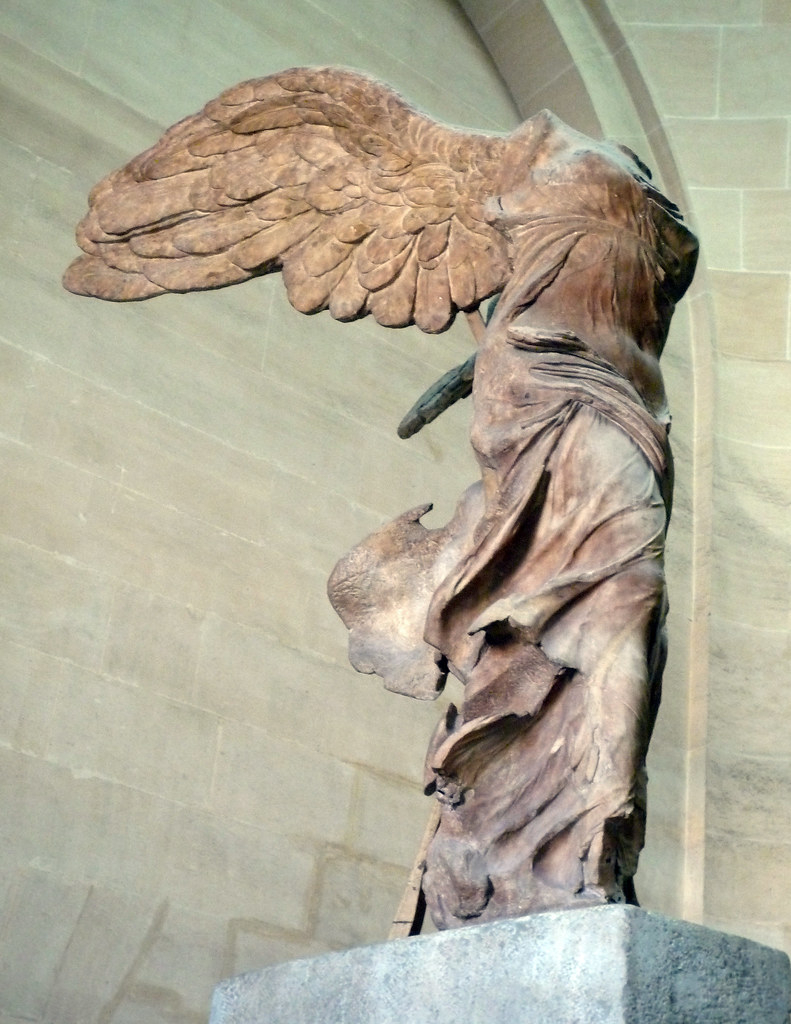
NIKE OF SAMOTHRACE 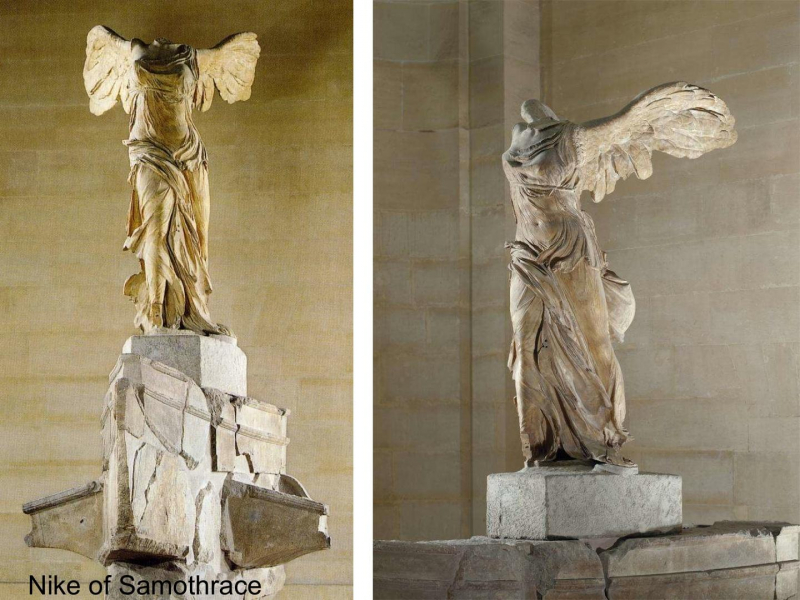
NIKE OF SAMOTHRACE -
The title David refers to two sculptures of the biblical hero David created by the Italian early Renaissance artist Donatello. They include an early work in marble of a clothed man, as well as a considerably more renowned bronze figure, which is naked save for helmet and boots and dates to the 1440s or later. Both are presently housed at Florence's Museo Nazionale del Bargello.
Donatello really created two Davids during his lifetime, one in marble and the other in bronze. Both depict the Biblical character David, with the bronze statue entirely nude between the head and feet. At the time of its production, there was some dispute around the artwork, which current historians attribute to possible sexual connotations. The most notable is the way the feathers of Donatello's helmet wrap around David's leg, which has been interpreted to indicate Donatello's gay aspirations. Whatever the historical debate, the David sculpture is today greatly admired and is housed in Florence's Museo Nazionale del Bargello.
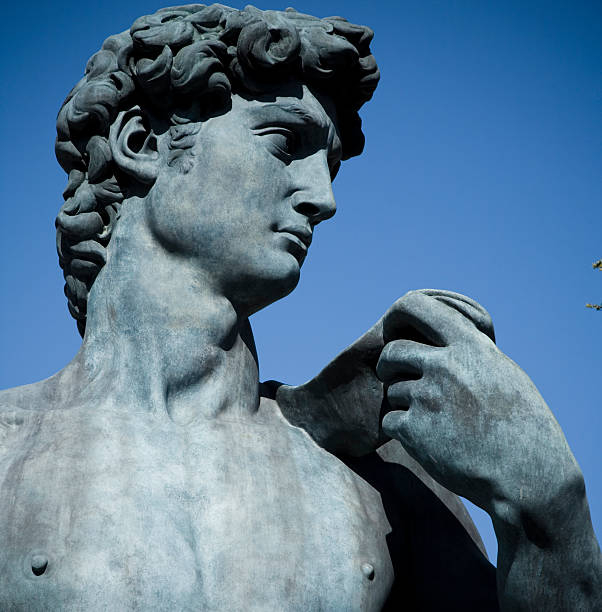
BRONZE DAVID 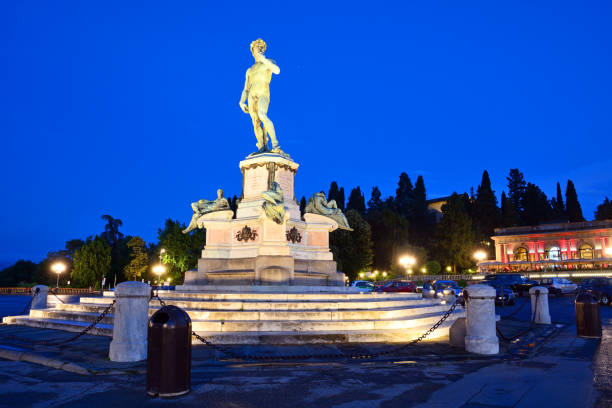
BRONZE DAVID -
Sylvia Shaw Judson sculpted the Savannah Bird Girl statue, which is made in bronze. It is 50 inches tall and portrays a little girl with her head cocked to one side and two bowls in her hands. It was initially commissioned as a garden sculpture for a family in Massachusetts, but the most renowned one now sits on a burial site in Savannah, Georgia.
Only four were constructed from the initial cast, but Judson's daughter had a fifth made from a mold of the original in 1995. The sculpture rose to prominence after appearing on the cover of John Berendt's Midnight in the Garden of Good and Evil, and subsequently in the film version.
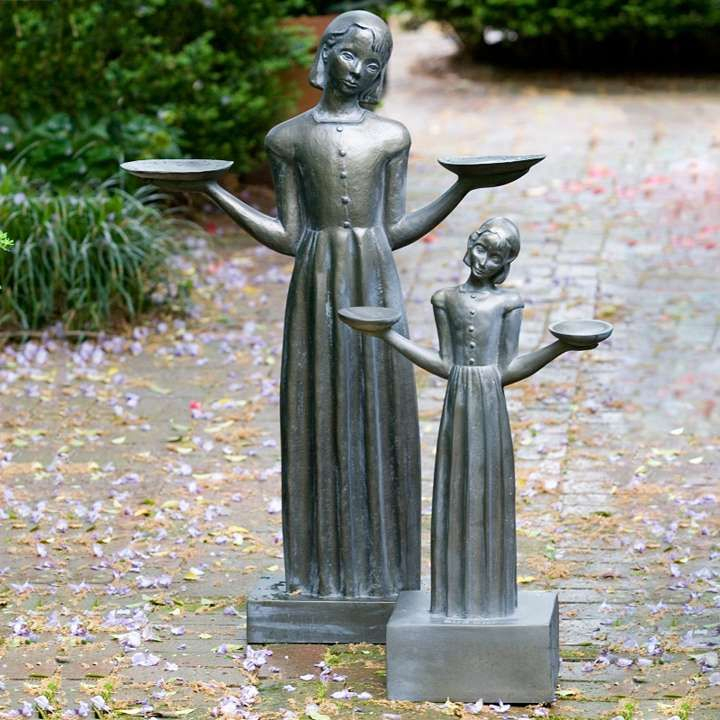
BIRD GIRL 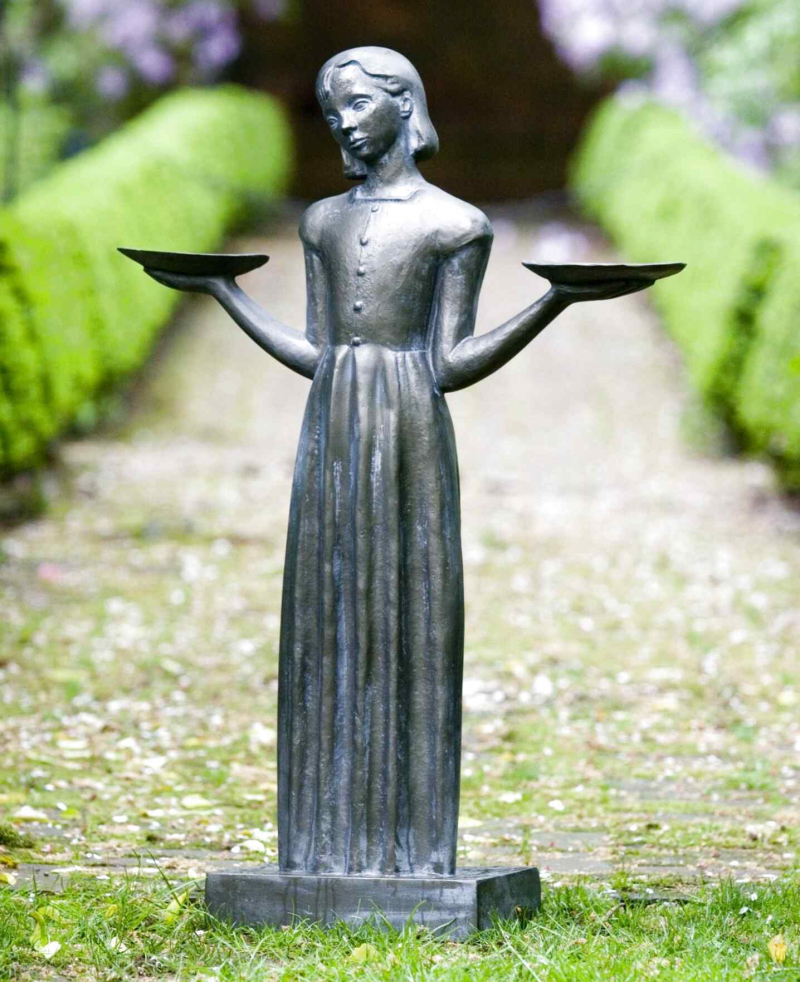
BIRD GIRL -
Maman, which translates as Mommy/Mom in French, is a sculpture by French-American artist Louise Bourgeois. It is one of the world's biggest sculptures, towering over 30 feet tall and 33 feet broad. It contains a sac carrying 32 marble eggs and a bronze body, however, the original was constructed of steel.
There are presently six castings on display, the most well-known of which is in Ottawa, Canada. It's said to be a reference to Bourgeois' mother, who mended tapestries, and to her protective personality. In its initial incarnation, the monument traveled the world, but it was commissioned for a series at the Tate Modern.
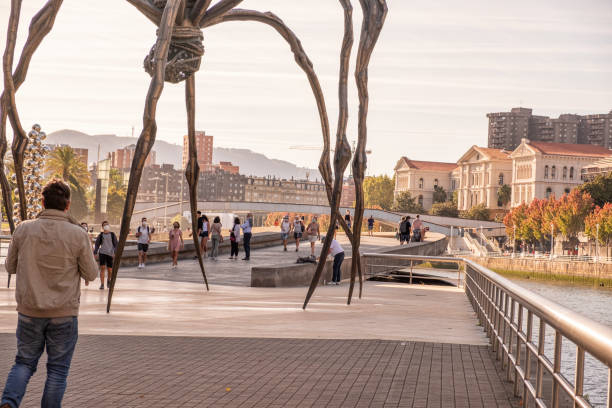
MAMAN 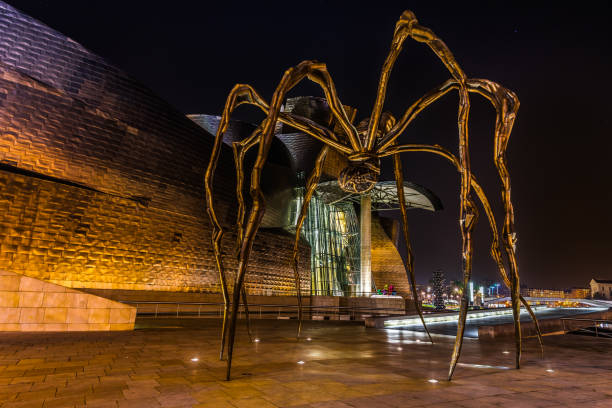
MAMAN -
These huge skulls are the most important relics from the Olmec civilization, which existed between 1200 and 400 BC. These skulls, carved from massive basalt stones, have a strange backstory. Some believe it is the head of a prominent Olmec monarch from 900 BC, while others claim it is the face of many men. The unknown history of such enormous monuments is most likely what draws tourists to the place.
So far, a total of 17 heads have been unearthed. The majority of them are in Lorenzo, although several are also in La Venta. Each head appears to have a unique expression as well as obviously varied headwear. Back in their glory days, these heads, the headgear in particular, must have been covered in bright paint.
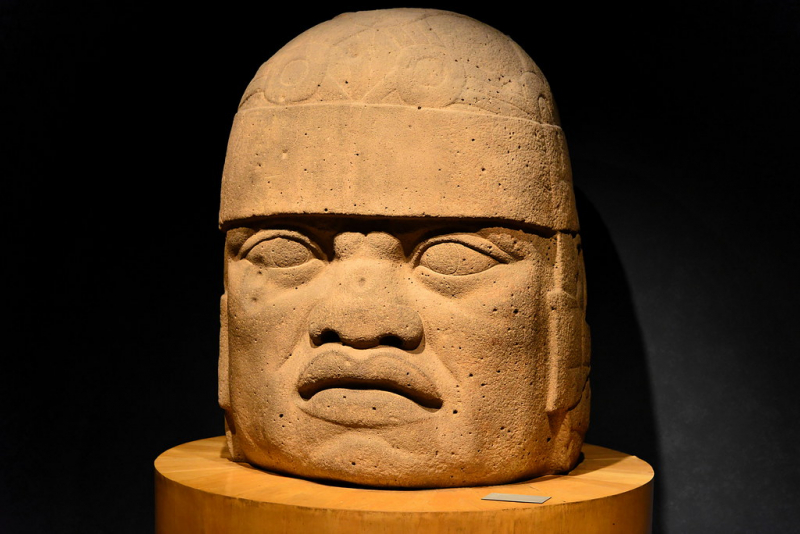
Olmec Colossal Heads, San Lorenzo 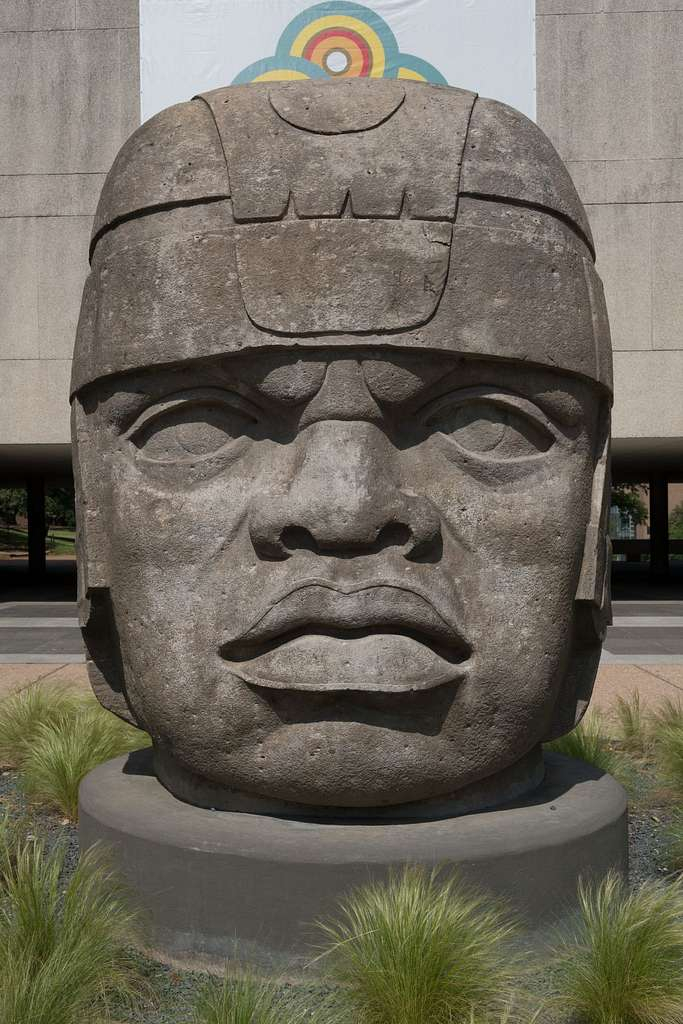
Olmec Colossal Heads, San Lorenzo -
For a variety of reasons, the Leshan Giant Buddha may be more popular than Lushan's tallest Buddha. This is the greatest stone statue of Maitreya, the projected successor of Gautama Buddha, carved out of a cliff of Qifeng Peak. The Leshan Buddha has a fascinating backstory. It was erected above the confluence of three rivers to soothe the water spirits that were causing turbulence. The edifice took 90 years and thousands of workers to finish. The rivers had slowed down by the time it was finished due to all the stones that had fallen into the water.
The closer you approach the Giant Buddha, the clearer it seems why it took so long. The attention to detail is unrivaled, from curled hairs to wooden years. Furthermore, throughout the years, a robust drainage system to keep rainwater from entering the building has effectively avoided rusting.
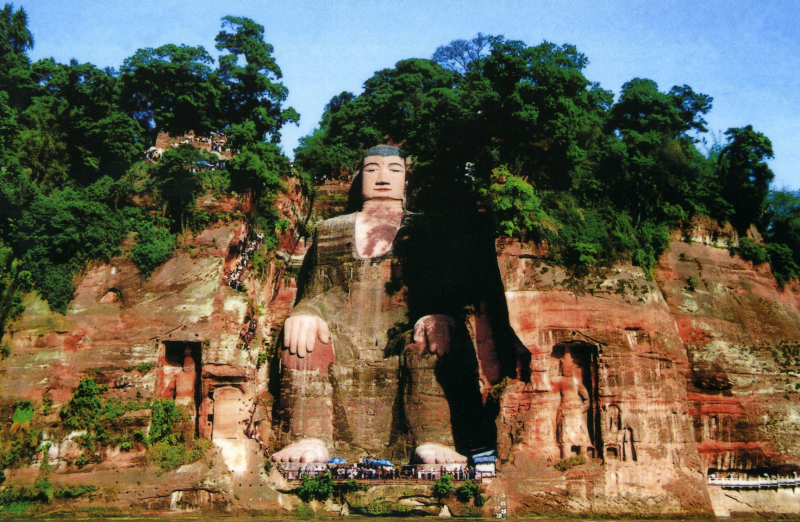
The Leshan Giant Buddha, Sichuan 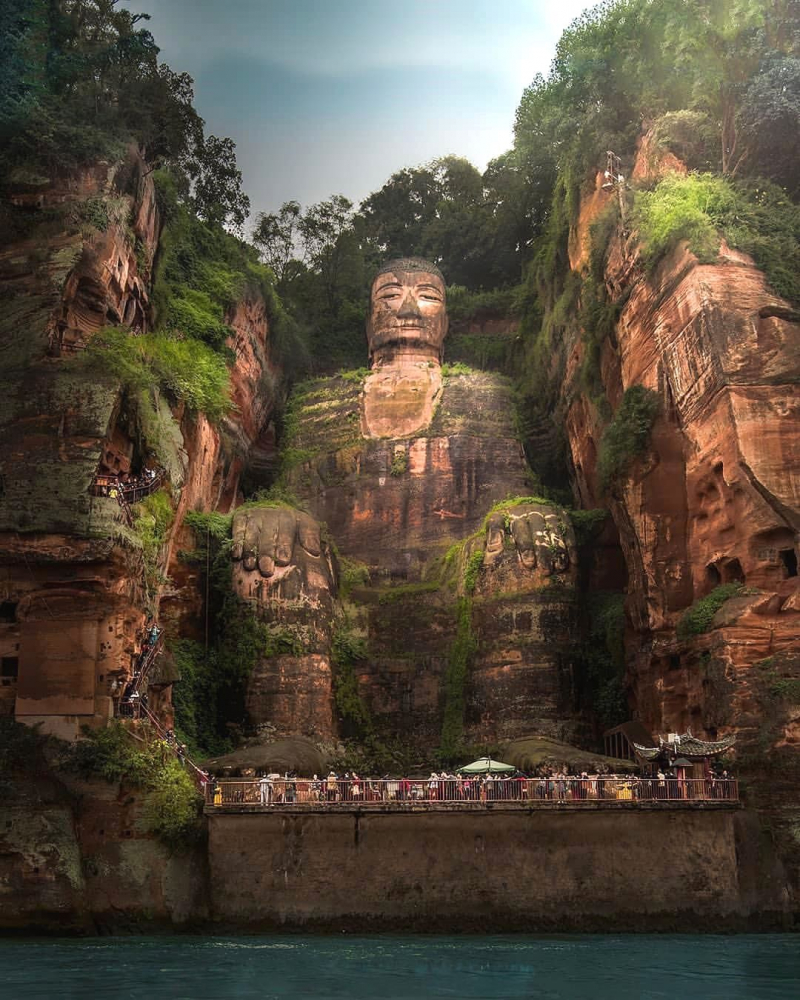
The Leshan Giant Buddha, Sichuan -
Early in Bernini's career, an enthusiastic patron of the arts, Cardinal Scipione Borghese, commissioned this monument. A stunning sculpture showing Apollo and Daphne's unwelcome love retells one of Greek mythology's most renowned episodes.
This life-size statue of three Greek deities exemplifies Bernini's craftsmanship. Few artists have achieved such precision in sculpting both masculine and female forms. It is one of his most well-known works and is still admired by art enthusiasts and critics. Because the image portrays the culmination of Apollo and Daphne's narrative, it appears as though Daphne will eventually escape if we stay too long at this statue.
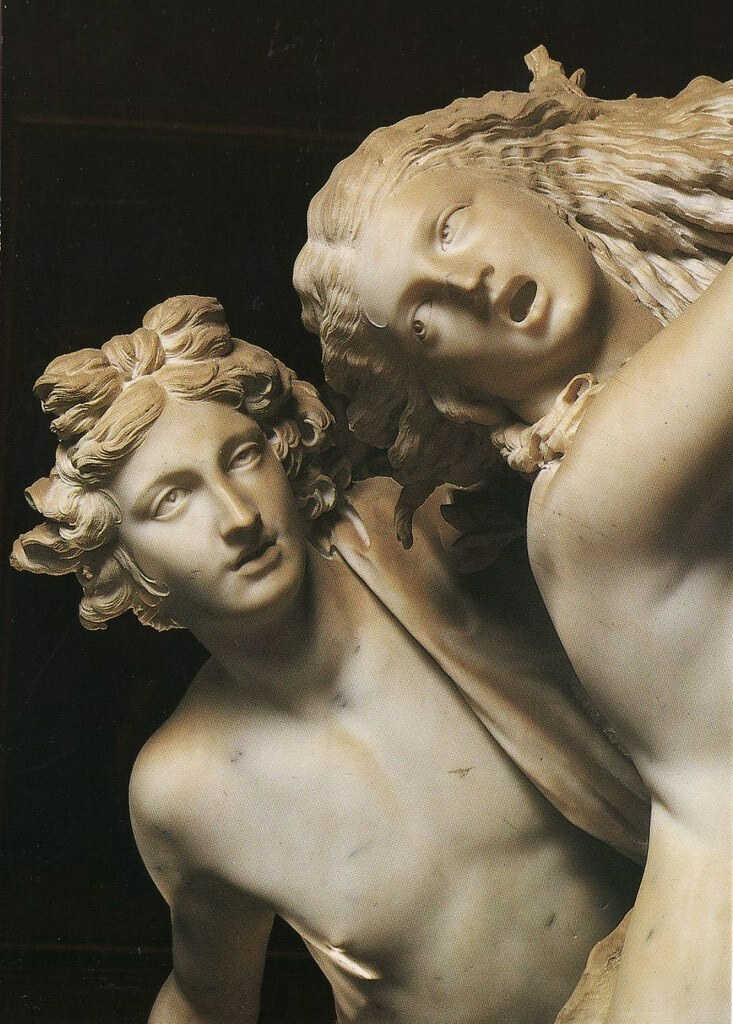
Apollo & Daphne 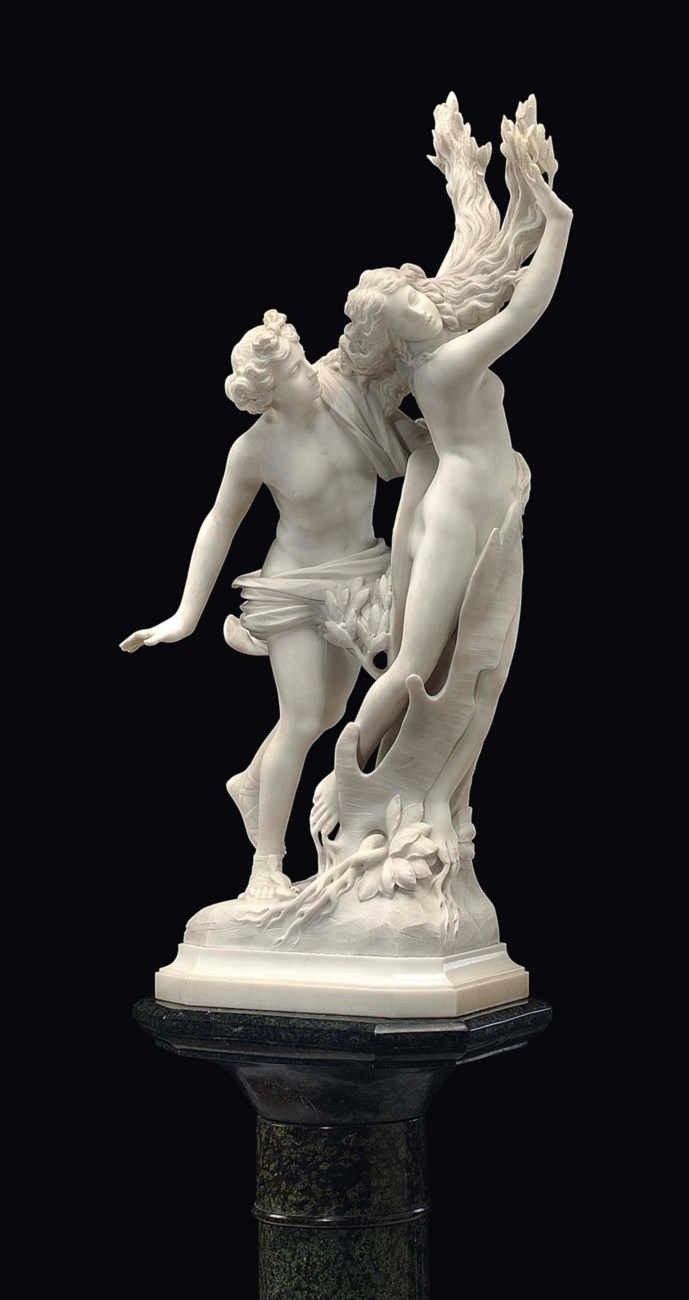
Apollo & Daphne -
Venus de Milo, one of the Louvre's greatest attractions, is said to portray the Greek goddess of beauty and love, Aphrodite. The statue is called for the city where it was discovered, Milo. Some academics believe the sculpture is not of Venus, but of Amphitrite, a sea deity revered by the people of Milos. There's no way to know without the contextual cues her long-missing arms would have offered. In fact, the missing limbs provide an aura of mystery to the monument, making it even more intriguing. For unclear reasons, the arms appear to have been removed on purpose.
After the Italians returned Venus de' Medici to France, the statue became even more popular. An unofficial effort to market it as the finest Venus statue prompted its representation in various genres of art. The figure was featured in one of Salvador Dali's works, cementing his reputation as an unintentional surrealist masterpiece.
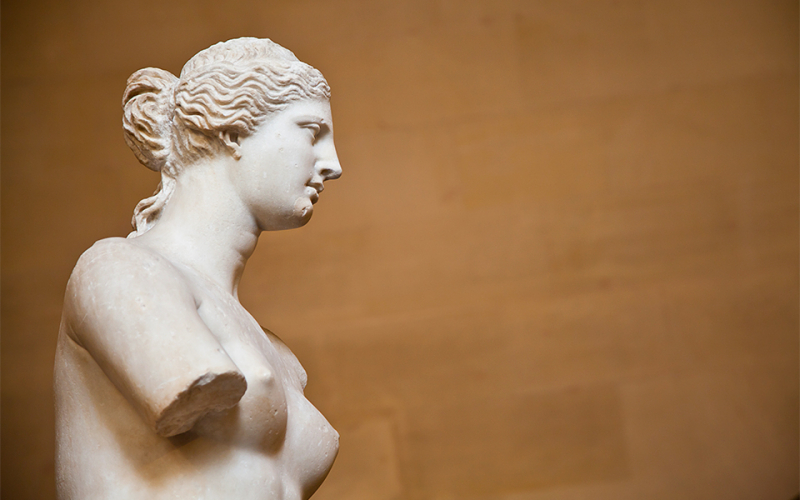
Venus de Milo, Paris 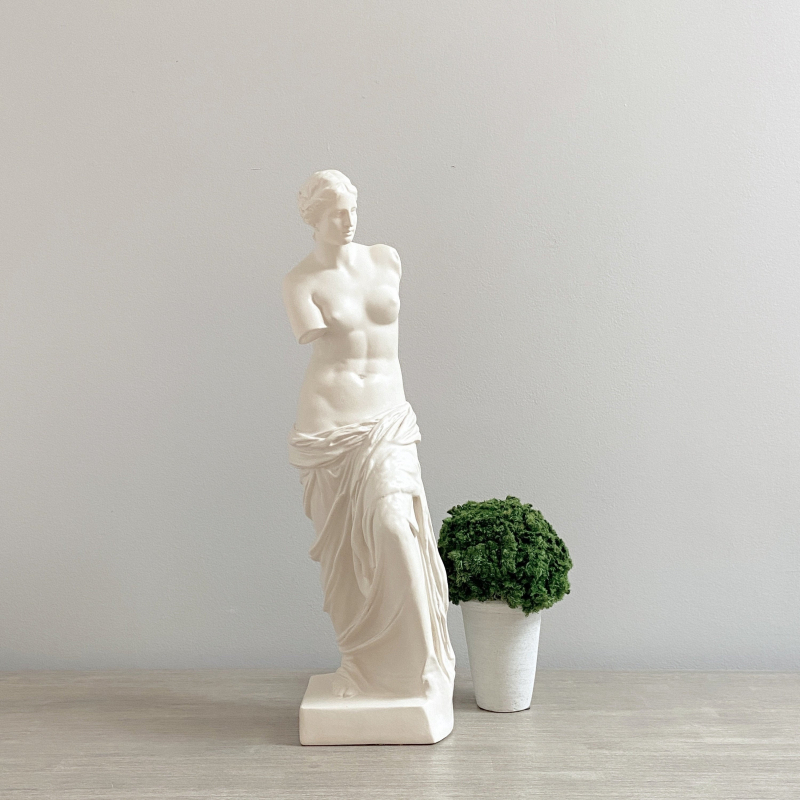
Venus de Milo, Paris -
An outstanding UNESCO world heritage site that houses the sculptures of Nemrut Da is located at the top east of the highest peaks of the Taurus Mountains. These enormous sculptures were erected in honor of Ruler Antiochus Theos of Commagene, a great Armenian king who reigned from 62 BC. The technology employed to build these sculptures was clearly fairly sophisticated for its period.
The Kingdom of Commagene had a diverse spectrum of civilizations, which led to King Antiochus, a religious dynasty that was quite tolerant, being honored in Mount Nemrut. The king's last resting place is thought to be on the mount. Subsequent excavations, however, have failed to uncover Antiochus' tomb anywhere in this location.
This magnificent collection of statues includes the monarch himself, surrounded by two lions and two eagles, as well as statues of other gods like Zeus and Apollo. Experts think the sculptures used to be full persons with their names carved on them. All of the sculptures are now decapitated, making the scene much more attractive for people who enjoy visiting ancient ruins.
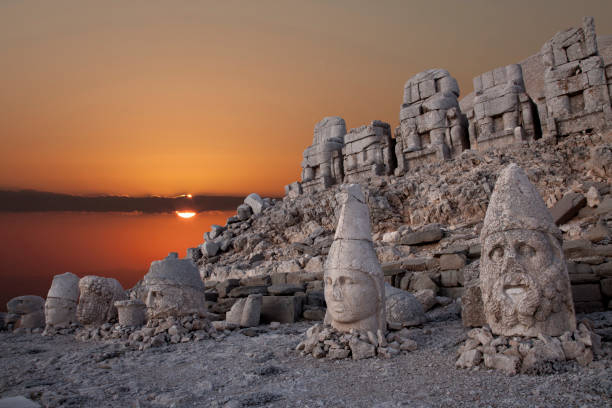
The Statues of Mount Nemrut 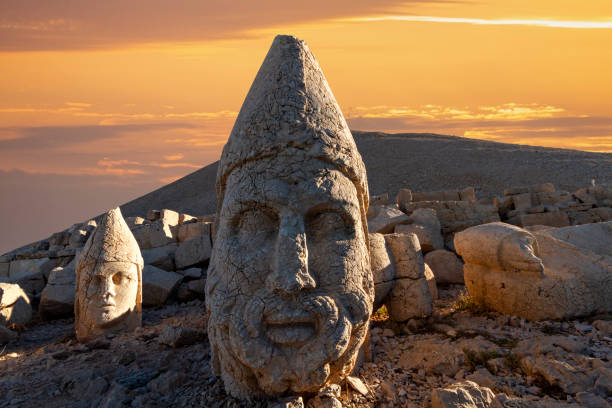
The Statues of Mount Nemrut -
While everyone knows the ancient Greeks to be opulent, the Terrace of the Lions is near to what might be considered the ancient world's minimalism art. These growling lions of Delos, carved from white marble, are as stunning today as they must have been in their heyday.
The terrace, dedicated to the sun god by the inhabitants of Naxos, features a row of around 12 lions looking east towards the sacred lake of Delos. Because this is the road to the temples, it's unclear if the lions were there to protect or intimidate the worshipers. Much of this monument is now in ruins, but at its peak, there may have been as many as 16 lions along the sacred road. Only five of the original sculptures exist today, together with fragments of three more. The remaining sculptures are currently housed in a neighboring museum to preserve them from erosion and theft.
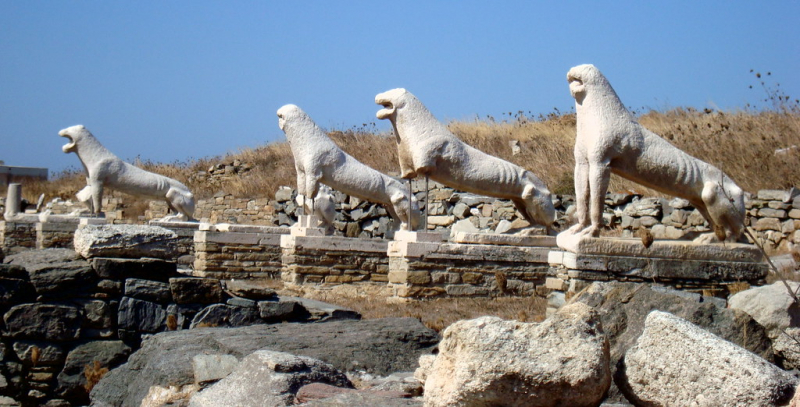
The Terrace of the Lions 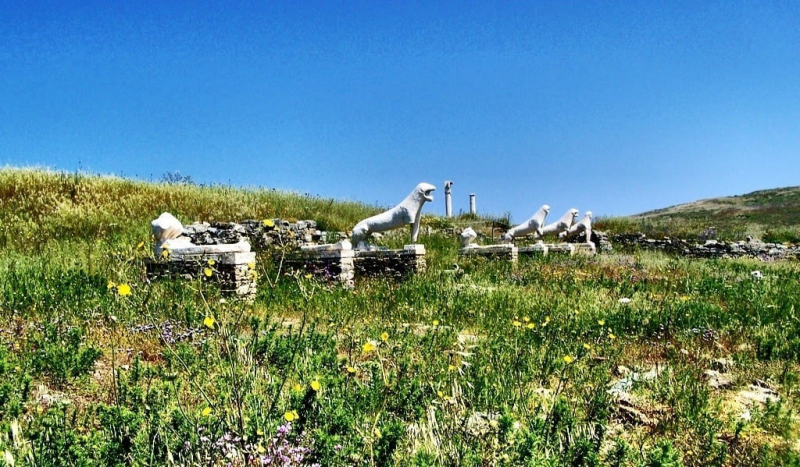
The Terrace of the Lions -
Bernini, the renowned sculptor of the Roman school, created this marble ensemble depicting Saint Teresa's spiritual enlightenment. It is regarded as one of the most important Baroque works. This purposely powerful sculpture, made of marble, tries to represent the gravity of what Santa Teresa saw to be her summons to God.
Bernini's composition is centered on two figures: an angel with a spear and a swooning nun. The placement of the sculpture at Santa Maria Della Vittoria corresponds to Santa Teresa's description. A secret window allows natural light to illuminate the figurines in the dome, and gilded stucco rays highlight it. Teresa is seen reclining atop a cloud, implying a divine apparition. The setting of the chapel, constructed by Bernini himself in stucco, marble, and paint, is significant to the monument. It gives this work a dramatic feel, making it one of the most popular statues in the world.
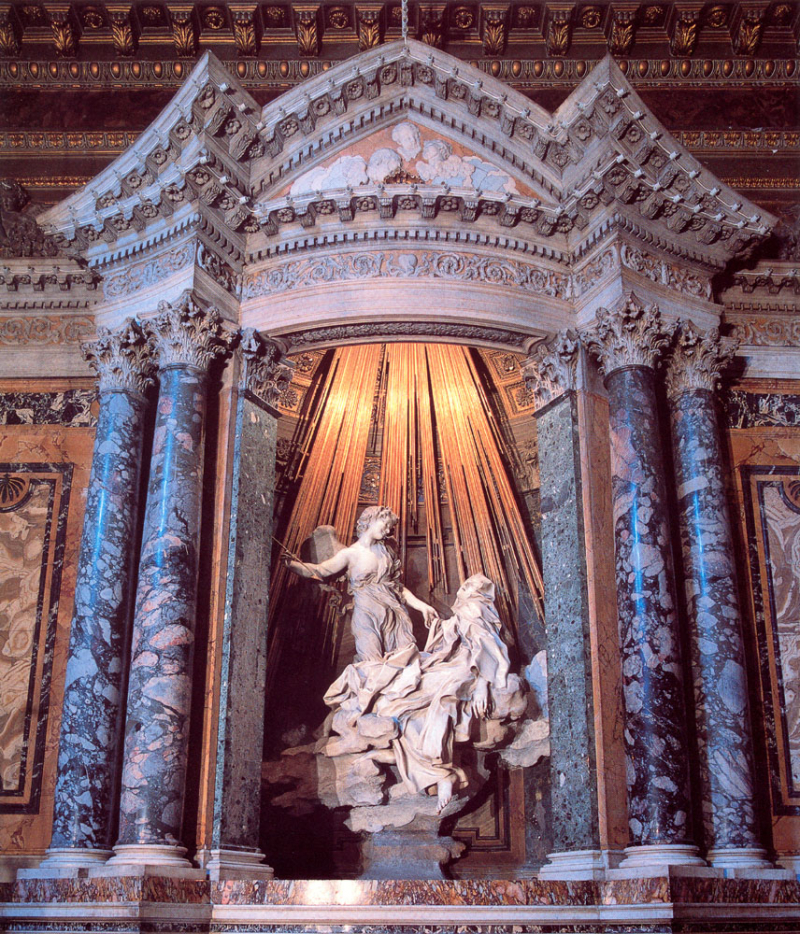
The Ecstasy of Saint Teresa 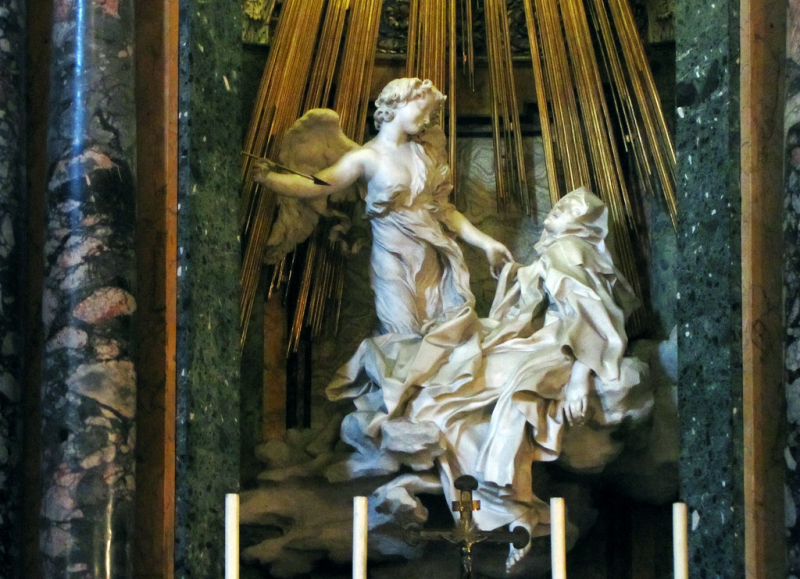
The Ecstasy of Saint Teresa -
This well-known Lincoln figure is located west of the National Mall, directly across the Washington Monument in the United States Capitol. This larger-than-life statue incorporates the traditional features of a neoclassical temple, which is a common feature of buildings and monuments in DC.
The edifice has a single figure of Abraham Lincoln, as well as inscriptions from the inaugural speech and the Gettysburg Address. The facade is inspired by traditional Greek temples, with 36 peristyle Doric columns — one for each state that existed during Lincoln's time. With these ionic columns, the inside of the building is neatly split into three rooms. On the surface, it appears to be a wonderful piece of art and architecture, but there are several intriguing things to notice. In sign language, the contemplative expressions on the face and hand motions, for example, symbolize Lincoln's initials.
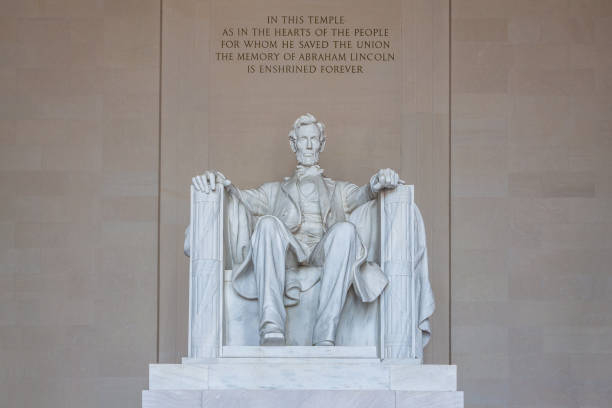
Lincoln Memorial, Washington D.C 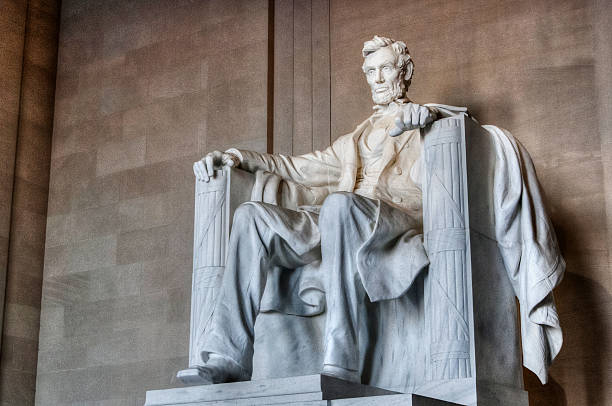
Lincoln Memorial, Washington D.C -
Augustus of Prima Porta is a well-known representation of Rome's first emperor, Augustus Caesar. The sculpture was named after the Villa of Livia, Augustus' third wife when it was unearthed in 1863. Despite its brilliance, the sculpture is considered to be a replica of a lost bronze figure that may have existed long before this one.
Ceaser's life-size likeness is presently on exhibit at the Vatican Museums' new wing, Braccio Nuovo. At first view, the sculpture appears to be a portrayal of Augustus as a commander and orator. On closer scrutiny, though, one can discern a lot more of his personality and past. The statue depicts him as a great military leader and victor, as well as a devout follower of the Roman religion. Those who visit the Vatican frequently do not leave without paying a visit to Caesar.

Augustus Prima Porta, Vatican City 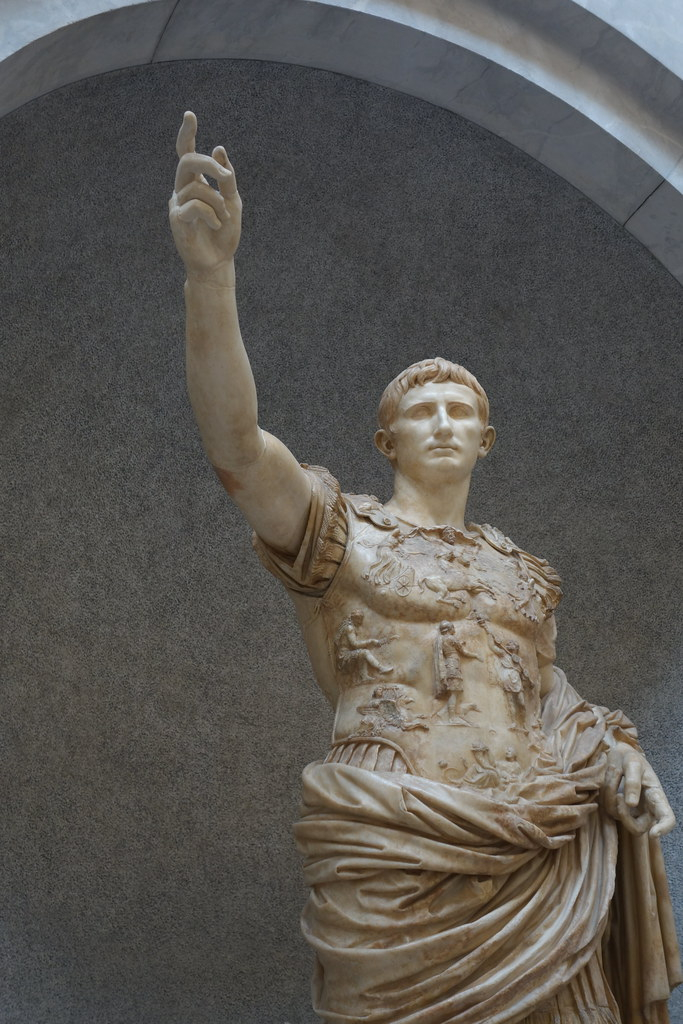
Augustus Prima Porta, Vatican City






















